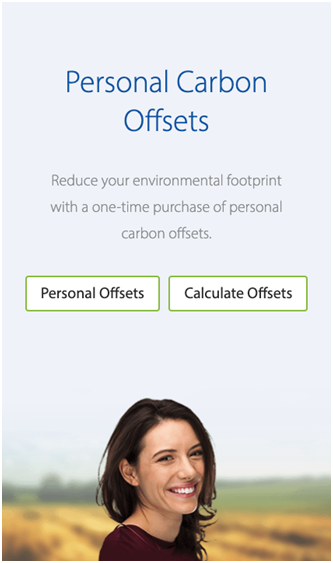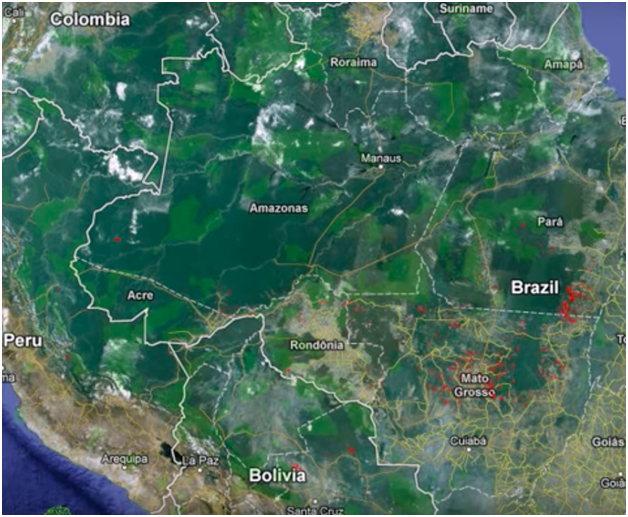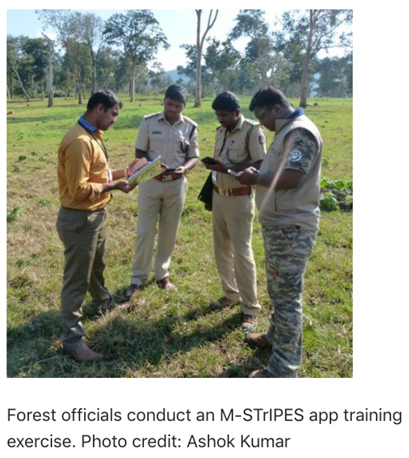Innovative technologies have already revitalized many industries, and it will do the same for conservation. Prospective entrepreneurs will want to get ahead of the curve by learning where these advancements are most needed.
Emerging solutions will serve natural scientists and the public. The public is driven to better understand environmental issues and conservation specialists demand modern data collection methods.
Businesses have already started to answer these demands, but there are more ways to get involved. Investors watch out — there are many possibilities on the horizon.
For the Public: Empower Citizen Scientists with New Knowledge
Recycling or Trash? Organic or Free Range? Many times, it’s inconvenient to make environmentally-friendly choices. However, technology is helping to change that.
Consumers want to make the right choices, and they’ll support organizations that make this easier. This surge of concern about the environment represents a new demand.
Organizations like Terrapass enable consumers to manage the environmental impact of their day-to-day routines.

Then, users can choose to offset their carbon footprint by funding environmental projects. Users who sign up for the newsletter receive regular conservation tips in their inbox.
Tech-enabled solutions can also address a knowledge gap about the elements of our surrounding environment.
The nonprofit iNaturalist enables everyday citizens to become scientists by asking them to record, share, and discuss findings about their surroundings via a mobile app.

While iNaturalist helps teach users about the environment, it also provides useful data to scientists and researchers. Users can even connect with other citizen scientists to kickstart conservation events.
The success of these solutions offers more opportunities for consumers to engage with the environment. They want to make sustainable contributions and technology will continue to make this easier.
For Scientists: Strengthen Environmental Mapping Capabilities
Equipment that measures the earth’s features— geospatial technology—is the foundation of many types of conservation work. Emerging technology makes it easier to generate quick, accurate visualizations.
In particular, the ability to create and react to the data in real-time is changing the future of environmental mapping. New solutions include:
- Smaller, inexpensive mapping solutions for mobile devices
- Tiny sensors in satellites and drones customized for specific assignments
According to Esri, these innovations have been fueling new types of research for both the private and public sectors.
A range of software companies have already leaned into the opportunity to support cutting-edge conservation research.
For instance, ProStar Geocorp offers real-time geospatial visualization and analytics in a solution called Transparent Earth Midstream.

The cloud-enabled product lets workers access critical location-based information while they’re in the field to make smarter, faster decisions.
Advanced situational awareness brings great value to conservation specialists. In fact, customers are willing to pay $14,995 per month for the solution.
The Internet of Things (IoT), the Cloud, and Artificial Intelligence (AI) make these types of solutions possible.
As geospatial technology continues to advance, there will be even more opportunities to serve the market.
For Scientists: Gather Accurate Insights About Plants & Animals
Conservation research demands the most up-to-date, accurate information about plant and animal populations. Sifting through large quantities of data is a time-consuming challenge for researchers.
merging technology makes the process more efficient, giving specialists more time for other important tasks.
The value proposition of these solutions—increased efficiency and accuracy—is an appealing one.
For example, the terra-i system detects human-caused vegetation changes across Latin America and the tropics.

With updates every 16 days, it uses artificial intelligence to identify sudden changes to the greenery that aren’t due to rainfall. Those changes appear as red dots spreading across an otherwise leafy landscape.
In addition to large-scale initiatives, smaller conservation teams are using handheld data collection and analysis tools to accumulate and manage data.
For instance, field patrol in India utilizes the M-STrIPES app to send insights about tigers to a central server.

The collected information, which includes photos and GPS coordinates, automatically contributes to a count of India’s tiger population.
This way, scientists don’t have to manually enter data, which can be a slow, error-filled process. The digital records make it easier to solve issues associated with prey, territory, and human impact.
When it comes to conservation issues, time is a priceless asset. Innovative data analytics could save plant or animal species that are facing endangerment or extinction.
Technology Bolsters The Accessibility & Efficiency of Conservation Work
The conservation industry is facing many urgent issues. Innovative solutions can make the difference between ecosystem revitalizing or destruction.
Increased concern for the environment has spurred public demand for easy-to-understand data.
As well, scientists demand accurate and detailed data for mapping landscapes or detecting changes in species populations. Tech-minded entrepreneurs should keep their eyes on the conservation industry. In the coming years, opportunities to meet this demand will abound.







